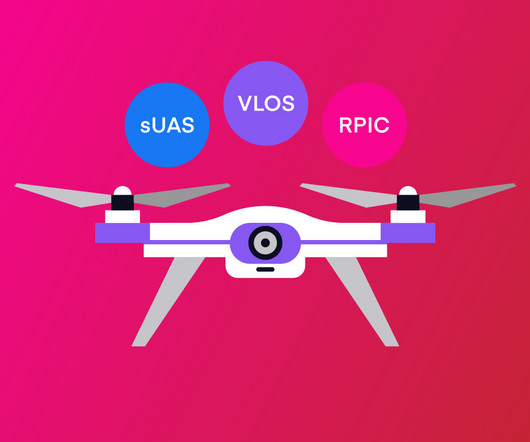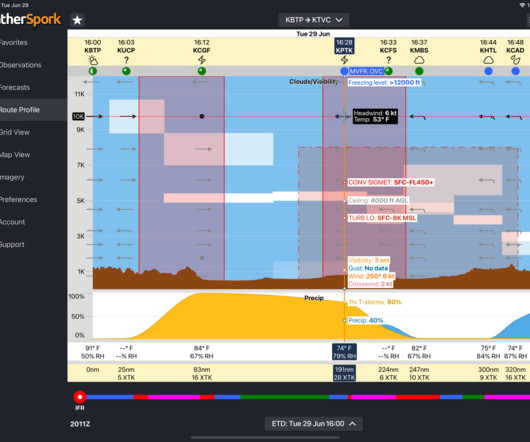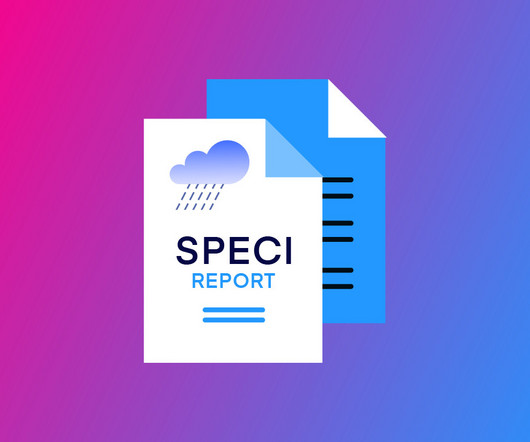Drone Lingo Simplified: Acronyms Every Pilot Needs To Know
Pilot Institute
MARCH 6, 2025
Pilots are required to check for NOTAMs along their relevant routes or locations before the start of a flight. NOTAMs are very important in that they can provide information that can cause a pilot to change their flight plans, such as Temporary Flight Restrictions (TFRs) or an airport that has become temporarily unavailable.
















Let's personalize your content